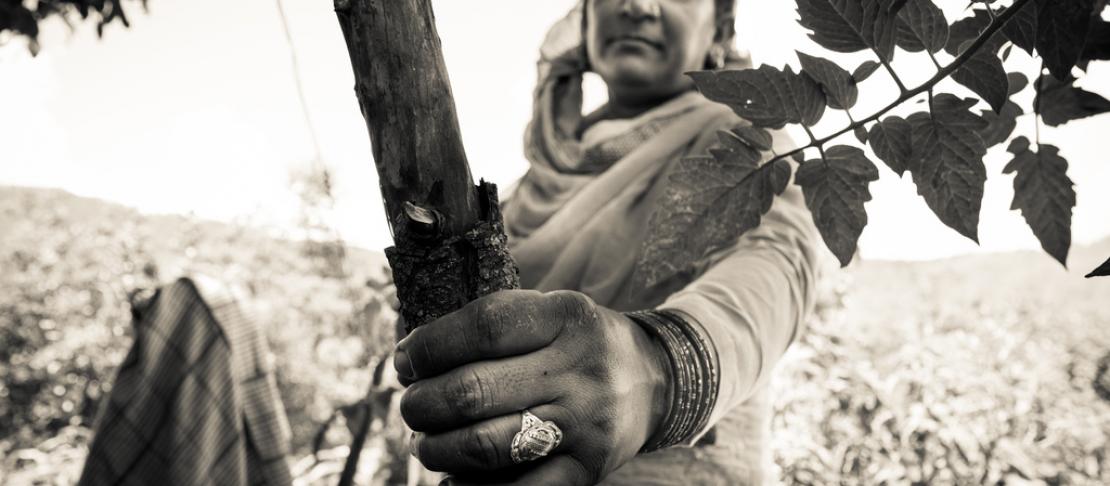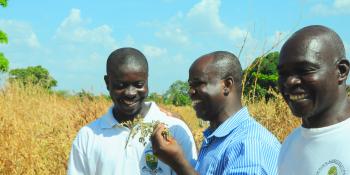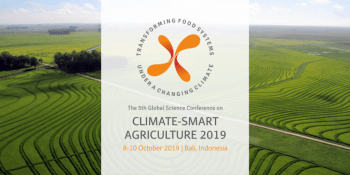Agriculture and climate models under scrutiny: why are they not coming together?

In an effort to illustrate where agriculture is heading under climate change, a new research article has compared 10 independent scenarios models to understand why they are producing such varying predictions for our future food supply.
Re-posted press release from AgMip web site.
Climate change is expected to have a significant impact on food security, agricultural production, and food pricing as temperatures rise. Increasing concerns over actual and potential increases in agricultural and food prices globally have galvanized many researchers into creating their own unique modeling approaches to predicting future scenarios and the degree to which these factors will be affected.
Now a new study, Why do global long-term scenarios for agriculture differ? An overview of the AgMIP Global Economic Model Intercomparison, has been published in a January 2014 Special Issue of the journal “Agricultural Economics”. It compares the best of the climate, agricultural, and economic models that have been published, in an effort to understand how and why they produce such varying predictions.
This work was introduced in an another, recently released article entitled Modeling climate change and agriculture: an introduction to the special issue, prepared by Gerald Nelson in his role as CCAFS Policy Analysis Theme Leader last year, and Gerald Shively. Learn more about their introduction paper here.
The study "Why do global long-term scenarios for agriculture differ" was led by economist Martin von Lampe from the Organisation for Economic Co-operation and Development (OECD), and colleagues participating in the Agriculture Model Intercomparison and Improvement Project (AgMIP) in association with the Inter-Sectoral Impact Model Intercomparison Project (ISI-MIP).
AgMIP is a major international effort linking the climate, crop, and economic modeling communities with cutting-edge information technology to produce improved crop and economic models and the next generation of climate impact projections for the agricultural sector and includes economic researchers at various institutes around the globe.
Each of the 10 models examined in the study were designed independently for their own distinct purpose, using independent data sets, assumptions, and methodologies. As a result, there is a large degree of variability when attempting to compare the models’ inputs and results.
In an effort to tackle this issue, Von Lampe and colleagues undertook a harmonization of assumptions and reporting standards across models. Understanding that data is collected and measured in a myriad of different ways, they knew it was key to create a set of input, and, subsequently, output data that was as symmetrical and compatible as possible, controlling for as many significant variables as they could.
These factors included population/GDP growth, crop productivity growth rates, climate change projections, time frame, spatial measurement factors, and commodity grouping.
Using this congruent approach, the group then compared the three key driving factors across models – socioeconomics, agricultural yields, and energy prices – to run their analyses. What they found was that while some results seemed unified (Africa is in line for increased agricultural production, while the US and Brazil should see increased agricultural exports, for example), there was still a great deal of disagreement between model results.
The most significant differences across models had to do with quality of economic data used, level of input from other disciplines on economic approaches (primarily from agriculture and land use perspectives), and researchers simply not availing themselves of previous research that had already been conducted. Beyond that, there were factors that were unable to be solved in the near term, such as climate change outcomes and agricultural productivity changes.
Read the rest of the Press Release on the AgMip web site.
Read related blogs on this newly released article series:
- AgMIP Global Economic Research Published in Agricultural Economics (Overview blog on AgMip site)
- Agricultural Economics – Why don’t the models agree? (Blog on AgMIP web site)
- Modeling climate change and agriculture: an introduction to the special issue (Article prepared by Gerald Nelson and Gerald Shively)
- New study models where agriculture is heading under climate change (CCAFS blog)
CCAFS Theme 4.3 on Policy Analysis is co-leading the economics team under the AgMIP with a focus on global and regional modeling.


